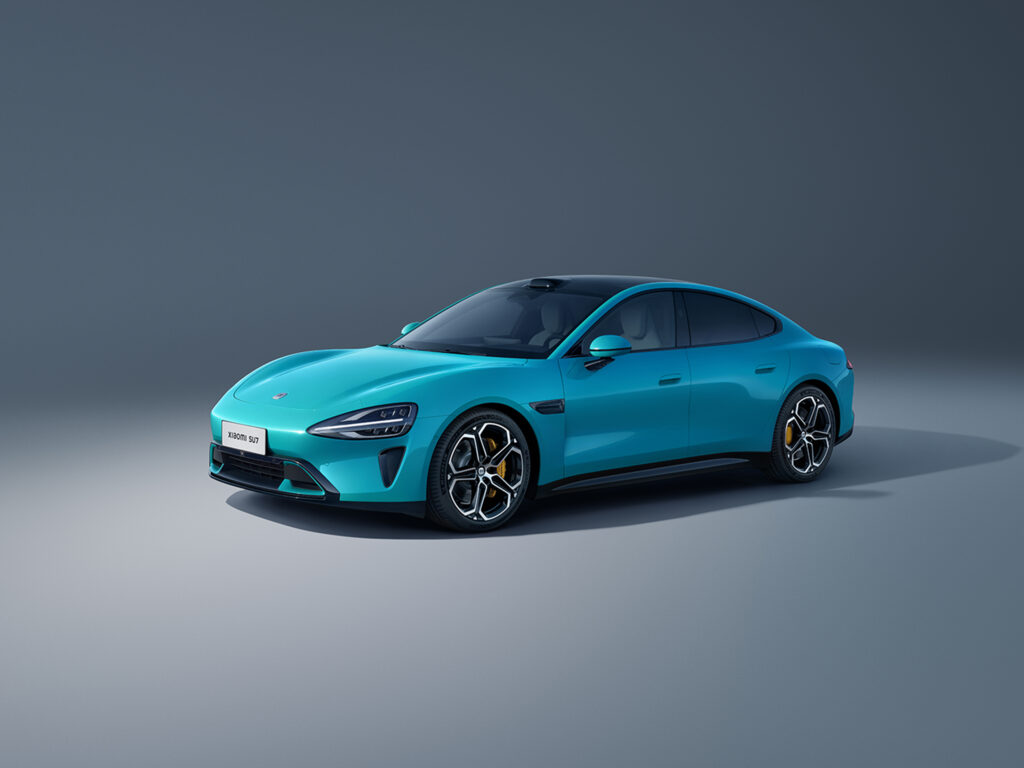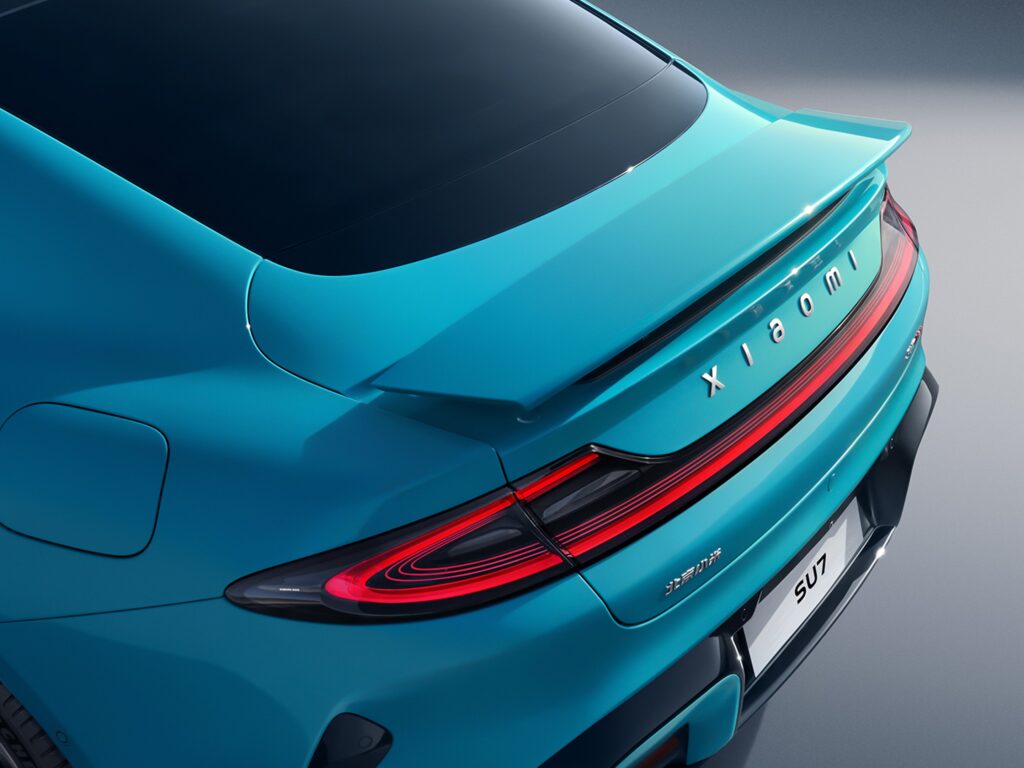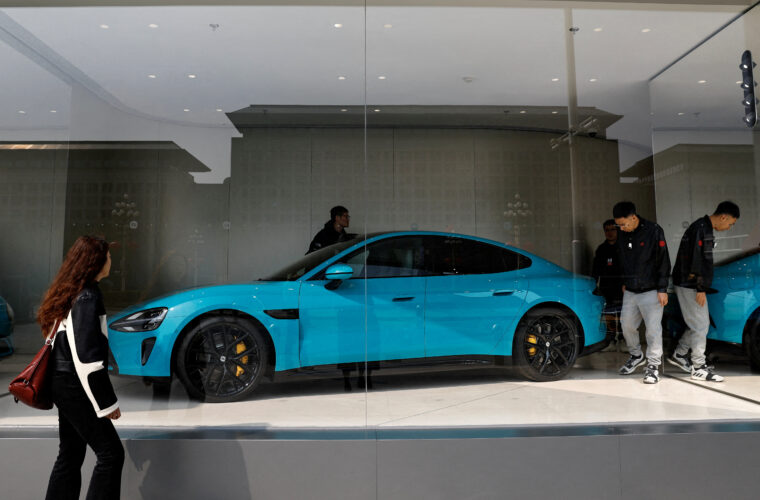Xiaomi has beaten everyone to the punch and unveiled SU7, which stands for Speed Ultra, the first electric car that will hit the market in the coming months. After the presentation in Beijing, however, we know many details about a model that stands out for its design and autonomy. Before analysing the technical side, it should be noted that the arrival of the electric vehicle represents a pivotal point in the journey begun by Xiaomi in 2010, the year the company was founded by Lei Jun.
Starting with the production and sale of low-priced smartphones and tablets, the company has gradually broadened its scope by investing in home appliances, personal care products and means of electric mobility, creating an ecosystem that, on a global scale, has almost 600 million connected devices. With a global turnover of more than $40 billion in 2022, generating $2.5 billion in profit. Now, with the electric car, the circle of the smart ecosystem outlined in the past by the Chinese company is completed: Human x Car x Home, based on the evolution and mutual collaboration between individuals, devices and smart services within the ecosystem.
The beginning of a new era – Xiaomi SU7
Announced in the spring of 2021, Xiaomi‘s landing in the automotive sector comes at a time of crisis for the smartphone market, which remains the company’s manufacturing core. It should be borne in mind, however, that the car world is also going through a difficult time, particularly in China, where there is more supply than demand for green vehicles. At the same time, it should be pointed out that it is precisely the Chinese car manufacturer that will overtake Tesla as the leading producer of electric vehicles in the coming months: BYD, which has also been on the European markets for several months and sold around 300,000 cars in November alone.
“Xiaomi’s entry into the automotive industry means a new beginning for the company, I believe that one day Xiaomi electric vehicles will be a familiar sight on roads around the world.” Lei Jun’s words describe long-term plans, as the founder himself explained in more detail: ‘Working hard over the next 15-20 years, we will become one of the top five carmakers in the world, striving to revive China’s automotive industry as a whole’. Grand ambitions that follow the considerable means put in place, such as the 10 billion dollars allocated to support research and development over ten years and the 3,400 engineers who have worked on the SU7.





First-class autonomy
Available in the two primary and Max versions, the Xiaomi car has lines that wink at Porsche and Tesla, but also several technical aspects that make it better, at least on paper, than their competitors. One parameter is the acceleration speed, and another more impactful one is the autonomy. Equipped with a 101 kWh battery, the SU7 Max ensures a range of 800 km on a single charge (the basic version goes up to 668 km) and with a five-minute recharge, it guarantees 220 km, which rises to 390 km by doubling the charging time. These values are higher than those of Tesla’s Model S and the Mercedes-Benz EQS, whose respective ranges are 634 km and 616 km, respectively.
Looking at dimensions, however, the SU7 is 1440 mm high, 1963 mm wide and 4997 mm long, the same measurements as the BMW 5 Series. Who knows if this is a coincidence, considering that Li Tianyuan, former head of the BMW concept, led the design team, from which Chris Bangles, hired as design consultant, also came in. James Qiu designed the exterior and arrived after working at Mercedes-Benz.



A smart car
Xiaomi signed off on the entire software part of the car, with the intention of replicating the user experience of its smartphones on the 16.1-inch, 3k resolution central control display, as well as on the 7.1-inch display intended for the car’s driver and the two screens in the rear, which are two Xiaomi Mi Pad tablets. However, the company specified that the iPad is also compatible with the cockpit based on Hyper OS, an operating system developed by Xiaomi and powered by a Qualcomm Snapdragon 8295 chip.
Another significant innovation is Xiaomi Pilot Autonomous Driving, which has features that exploit algorithms and artificial intelligence for autonomous driving and parking, obstacle recognition systems, visibility up to 250 metres away, and maps that perceive road conditions and adjust driving trajectories in real-time.
One of the few technology companies to succeed in making an electric car, as in China, the local regulatory authority must approve every model before it goes on the market (even Huawei and Baidu have entered into partnerships to participate in the production of electric vehicles), SU7 will be produced starting in early 2024 in around 200,000 units per year in the factories of a unit of Baic Group, a state-owned car manufacturer.
Available in Aqua Blue, Verdant Green and Mineral Gray colours, the only detail still unknown about Xiaomi’s car is the price. Lei Jun denies rumours of it being too cheap because ‘respect is needed for those who develop technology and innovation’.



